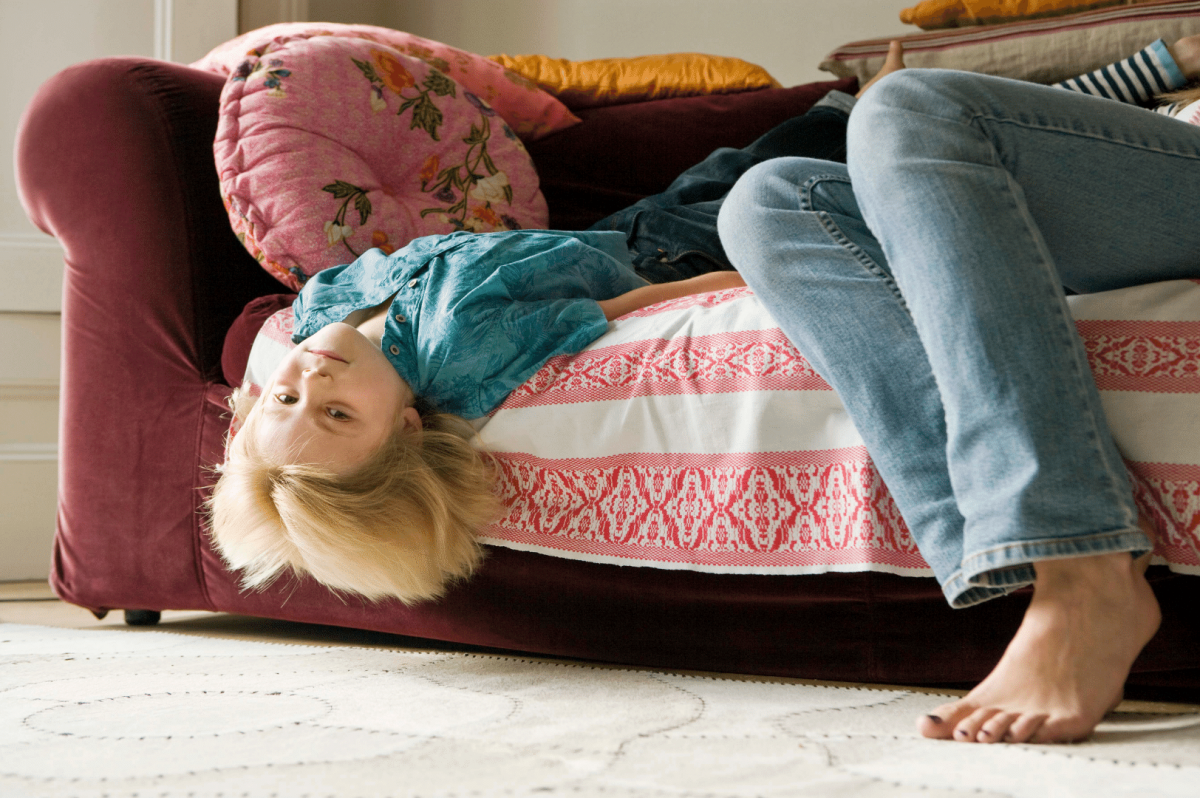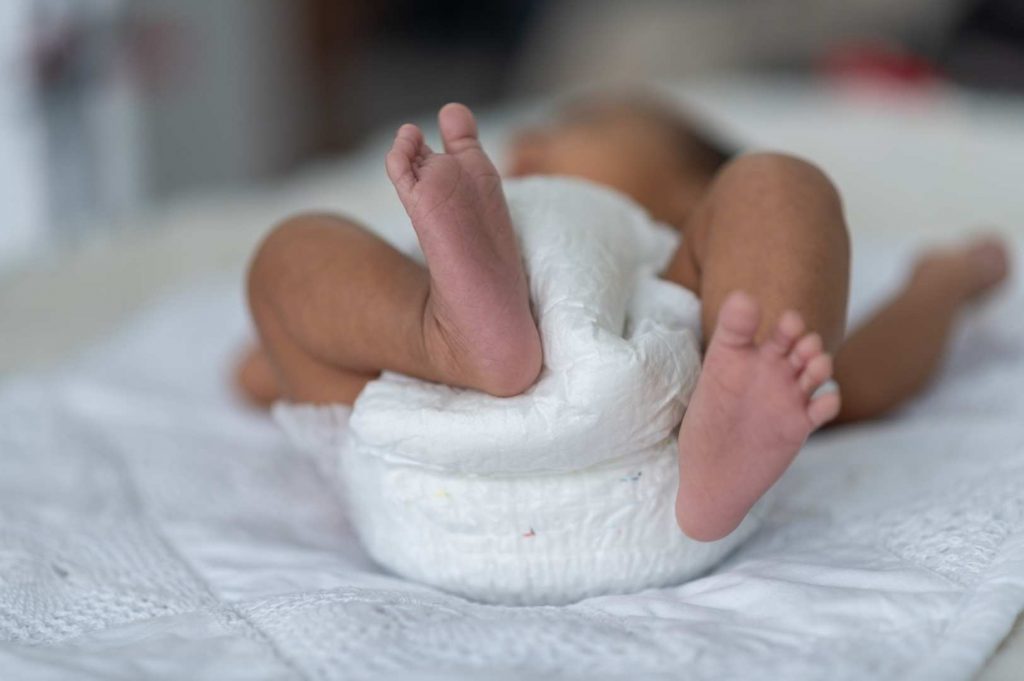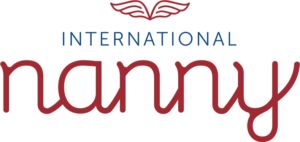Ever seen a child hanging their body over the edge of the armchair, watching TV upside down? How about spinning around and around a pole at the park? Or maybe you just find them from time to time in a downward-facing dog-type pose?
Perhaps you shrug and exclaim “kids are weird!” but actually, there’s a lot more to these seemingly random activities; Spinning, rocking, playing with positioning, balancing and being upside down are all ways of activating the vestibular system, a key component of healthy child development. In this article, we will explore what the vestibular system is, why it’s important and some ideas for encouraging children to activate this system in their play.
What is the vestibular system?
The vestibular system is controlled by two pieces of bone in the inner ear and is a sensory system, independent to but interconnected with the 5 senses we usually think of (taste, touch, sight, sound, and smell) Its role is to perceive and monitor the position and movement of the head, enabling humans to process environmental sounds accurately, knowing where a noise is coming from, and use their eyes effectively to look around without always needing to move the head.
The vestibular system is believed to be one of the first to develop when a baby is in the womb and is in place by 8 weeks post-conception and well-developed by the time the mother is just 5 months pregnant.
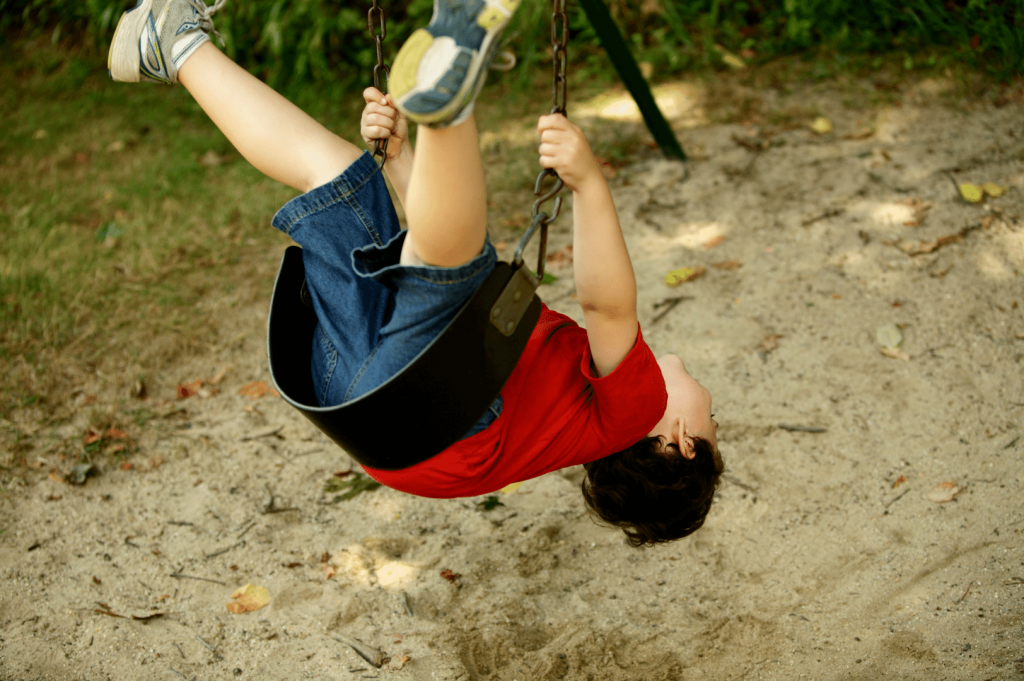
What does the vestibular system do?
The vestibular system has several different functions. Some of them are very practical like being able to perceive where noises are coming from and look around, the vestibular system has a big impact on physical development too as it is a key component in developing and refining balance.
The vestibular system also acts as a kind of “Gatekeeper” for all the sensory information that the brain is bombarded with on a minute-by-minute basis. The vestibular system’s role is to process and categorise the incoming sensory information and pass this information onto the correct regions of the brain.

Why is the vestibular system important?
The vestibular system lays the foundations for a whole host of different kinds of learning. When the vestibular system develops normally it is a mechanism that helps children to feel ‘at home’ in their bodies so they can rest and play easily.
The vestibular system helps children to develop a good sense of balance, vital for rolling, crawling, walking, running, navigating space and pretty much any physical activity you can think of. The vestibular system supports visual tracking abilities, making fine motor skills and learning to write much easier. When the vestibular system does not work well children may be clumsy, struggle to master physical skills, they may find sports difficult or find reading and writing much more tricky than their peers.
The vestibular system is also a critical component of mastering self-regulation, the ability to control our behaviour and calm our emotions. When the vestibular system is not working as we would expect it to be, children can become quickly overwhelmed with the sensory information their brain is being fed as the “gatekeeper” isn’t doing its job correctly. This can lead to a range of different behaviours and underdeveloped vestibular systems have even been linked to conditions like ADHD.
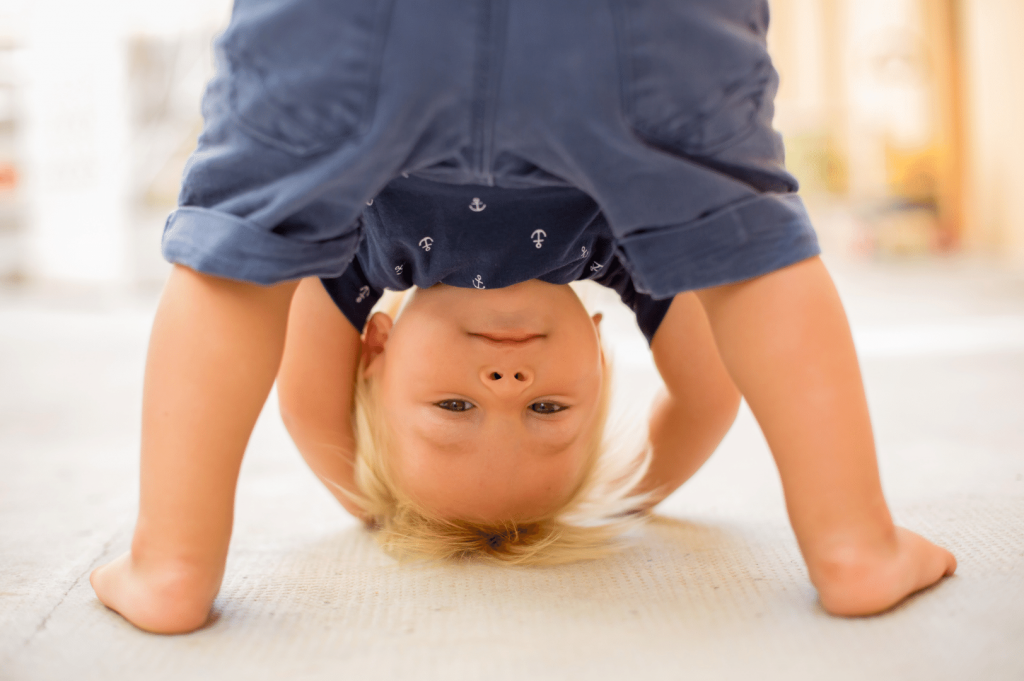
How can caregivers support this kind of development?
Supporting normal vestibular development isn’t especially complicated, but it is vital that it is something caregivers consider when observing children’s activities. The vestibular system develops best through normal play behaviours like climbing, balancing, running and risk-taking so it is really important that we allow these kinds of activities.
In young babies, engaging the vestibular system through rocking or babywearing can be incredibly soothing and help the developing brain to make sense of the world.
In toddlers and young children jumping or bouncing games can be encouraged, or the safe use of a trampoline is good too. Up and down movement helps the vestibular system to regulate sensory input, and involves the proprioceptive sense too, which is another sensory system. Gym balls and wobble boards are further ways to gain this sensory input.
Young children love to spin and introducing props like dance ribbons or scarves can help encourage them to do this too. Using swings or hammocks can be a great way to help children use their vestibular senses and have benefits for up to 8 hours afterwards! Many children who struggle with sensory overwhelm will find swings very soothing, bringing them back to a place of calm.
Yoga can be a fantastic way to engage the vestibular system too with plenty of poses requiring children to be upside down or balancing.
Really though, specialist activities and equipment are rarely needed. What children really need from caregivers is an understanding of normal development and permission to engage their vestibular system. So next time you find a child hanging over the edge of the armchair, if it is safe to do so, perhaps leave them to it.

